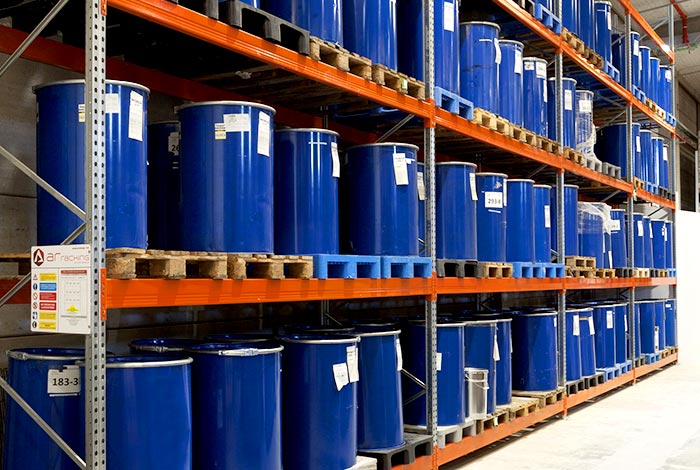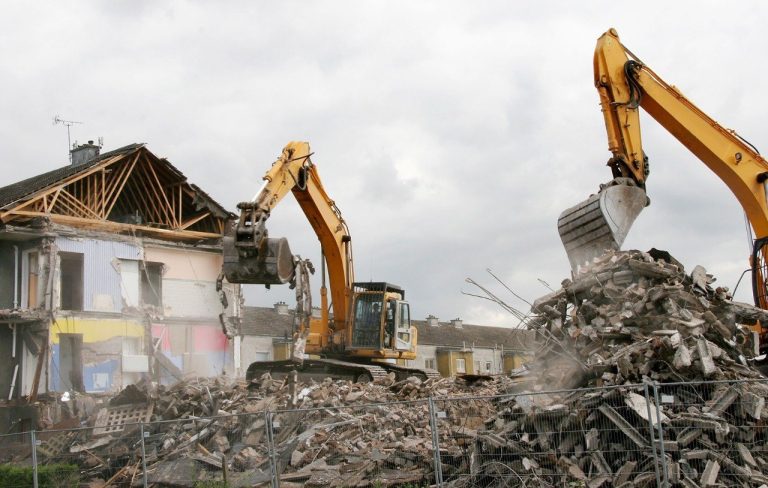When exposed to natural elements such as water, sunlight, and air, chemicals can be explosive and toxic. Long-term storage of goods is a typical issue for industries like food processing or metal fabrication. almacenaje de productos químicos in warehouses presents its own set of environmental risks that are different from those at industrial businesses because unsecured containers have the potential to leak or overturn into nearby waterways such as rivers or streams.
Environmental Risks Associated with Chemical Storage
When chemicals are stored in warehouses, they can cause a number of environmental problems. Many chemical storage sites contain large amounts of toxic or hazardous chemicals that can pollute nearby surface water, groundwater, and soil. If the chemicals are spilled, they could contaminate the local water supply and harm people who live near the site.
These risks exist at chemical storage sites regardless of whether it is raining or not. Rainwater can easily seep into unsecured chemical containers and pollute nearby waterways. Therefore, even during periods of drought, chemicals that are improperly stored and exposed to water can cause serious problems.
Health Effects Associated with Chemical Storage
Long-term chemical exposure may lead to health impacts in nearby communities. Some of the chemicals commonly located at chemical storage sites include acids, paint solvents, and pesticides. These chemicals can negatively impact the health of workers and people living near these storage facilities. For example, people can develop chemical burns from acids spilled at the site or inhale paint fumes.

Safety Risks Associated with Chemical Storage
Safety is an important issue at chemical storage sites because chemicals can explode or become toxic when too much pressure builds up in the containers. High pressure can cause chemical containers to leak, overturn, or burst. All of these conditions put nearby people and property at risk of chemical exposure.
Storage Safety Tips
A thorough chemical inventory review and physical storage stability assessment can help facility managers identify the full range of chemicals stored in the facility and determine which ones are the highest risks. Facility managers can then develop and implement a risk reduction plan to identify alternatives to hazardous chemicals, improve storage safety, and reduce the potential impact on nearby waterways.
Conclusion
Long-term storage of chemicals at warehouses can pose significant environmental, health, and safety risks to surrounding communities. Thus, it is important that chemical storage be regulated by a third party agency such as the Environmental Protection Agency (EPA). The EPA has a comprehensive set of regulations and safety standards that it uses to regulate the storage of chemicals at business locations. Regulations work to protect nearby communities from potential chemical exposure and explosion.









